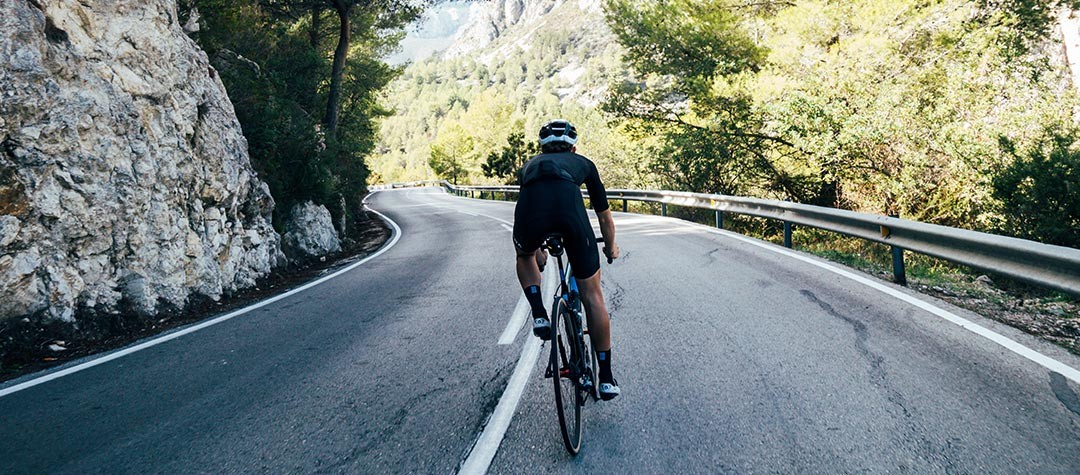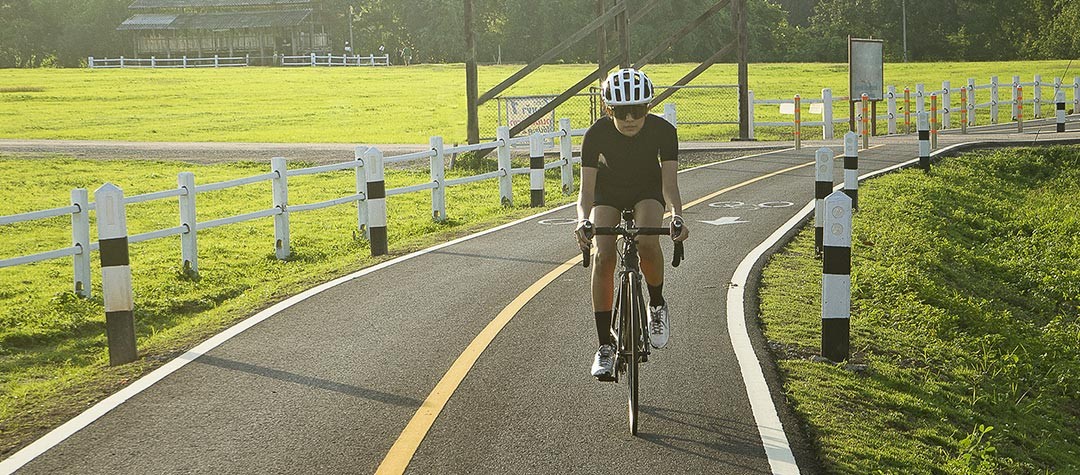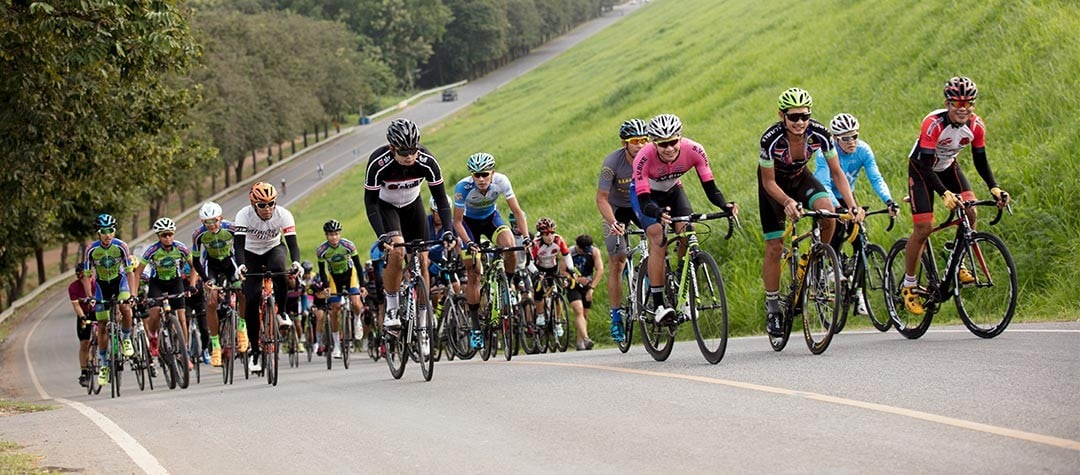As well as training to improve your aerobic and anaerobic fitness, there are many skills and abilities that can help you enormously when it comes to your cycling speed and performance.
Improving your cycling technique is just as important as working on your physiological capacity, and there are numerous skills and drills you can practice to make you into a faster and a more well-rounded cyclist.
What’s more, these drills are a great way to make your training more fun and varied, having a big positive impact on your motivation to ride.
So, let’s look at three highly effective drills, kicking things off with sprinting, which is an ability that many cyclists simply don’t practice enough…
Sprinting
Sprinting comprises of both the ability to lay down maximal neuromuscular power and the skill of keeping the bike in control and holding your line when in a group or bunch setting.
Almost every kind of cyclist can benefit from being a better sprinter, but it’s something that many cyclists don’t work on consistently enough to see real improvement.
Being able to execute a good sprint will help you maintain speed and momentum over short, punchy climbs, attack out of a group, as well as win everything from a town-sign sprint on a group ride to a full-on competitive road race.
There are a few ways that you can practice your sprint , so it pays to keep things interesting and varied, so let’s look at two of the best.
1. Hill sprints
Simply find a climb with a shallow gradient, a nice flat approach and enough elevation so that you don’t run out of road during roughly a 10-second maximal effort.
Perform 4-5 repeats where you build up your speed as you approach the climb, attacking out of the saddle as hard as you can when you first hit the incline. Try to use a cadence which is high enough to generate maximum power, but not so high that you start to run out of gears or bounce around too much.
2. Seated sprint (which can be done on either a flat road or a climb)
This will help with your ability to produce force and overcome high torque using the power of your legs as well as your core muscles and arms.
For an added challenge, try starting your seated sprint in a gear that’s a little bigger than you would usually select. You can use these sprints to help you develop your maximal power, climbing ability as well as cramp resistance.
One-legged pedalling
Ensuring your pedal stroke is smooth and circular is critical if you’re to be an efficient cyclist, and performing one-legged pedal drills is one of the best and easiest ways to work on this skill.
What one-legged pedalling will primarily do is prevent you from compensating for an inefficient pedal stroke with your other leg and force you to both push and pull with the same leg at the same time.
This type of drill can be done either out on the open road or on a turbo trainer, arguably working best on the latter. In either case, simply unclip one of your feet and let your leg dangle to the side or rest it on the turbo trainer unit if practical.
Then, using a relatively light gear, simply start pedalling as normal and do so for between 30-seconds and 1-minute to start with. You may find if it’s your first time doing this drill that your pedal stroke will be quite clunky.
Whilst you might find it difficult to perform a single revolution in a smooth fashion at first, stick with it and it won’t be long before you notice big improvements and start to reap the benefits. If there’s one leg that’s worse than the other, give more attention to that.
What’s great is that this kind of drill can be integrated into any ride, whether it’s a quick spin on the trainer or a long endurance ride. Try to do one or two sessions each week to maintain this ability and challenge yourself to extend the duration of each drill week on week.
High cadence spin-ups
In a similar fashion to the one-legged drills above, performing high cadence spin ups (where you spin the cranks at a fast rate) can help improve your pedalling efficiency, as well as warm up your muscles before a race or hard effort.
Whilst the science seems to suggest that you’ll usually self-select the most efficient cadence for you when riding, there are still advantages to be gained from stepping outside of your comfort zone in this way.
To do this kind of drill well, you can either use a turbo trainer or ride outdoors, where anything from a flat road, a climb or even a mild descent will do the trick. If it’s your first time performing this kind of workout, you’ll want to start at a cadence of around 100-110 RPM (revolutions per minute) for maybe 30-45 seconds at a time, staying seated throughout.
From there, slowly building up this cadence towards a 110-125 RPM range each week and lengthening the duration of each interval by 30 seconds will allow you to see good progression in your efficiency.
It’s important to stay controlled when doing these kinds of drills, meaning you still want to maintain a smooth pedal stroke and not be bouncing around on the saddle too much.
Integrate these spin ups into a regular training ride to add an additional challenge to the body, perform them as a dedicated training session or include them in your warm ups before races and events. For the latter purpose, they work really well for activating and recruiting your fast twitch muscles.
-
What are some of your favourite cycling skills and drills to add into your training? Let us know by leaving a quick comment below this article!














